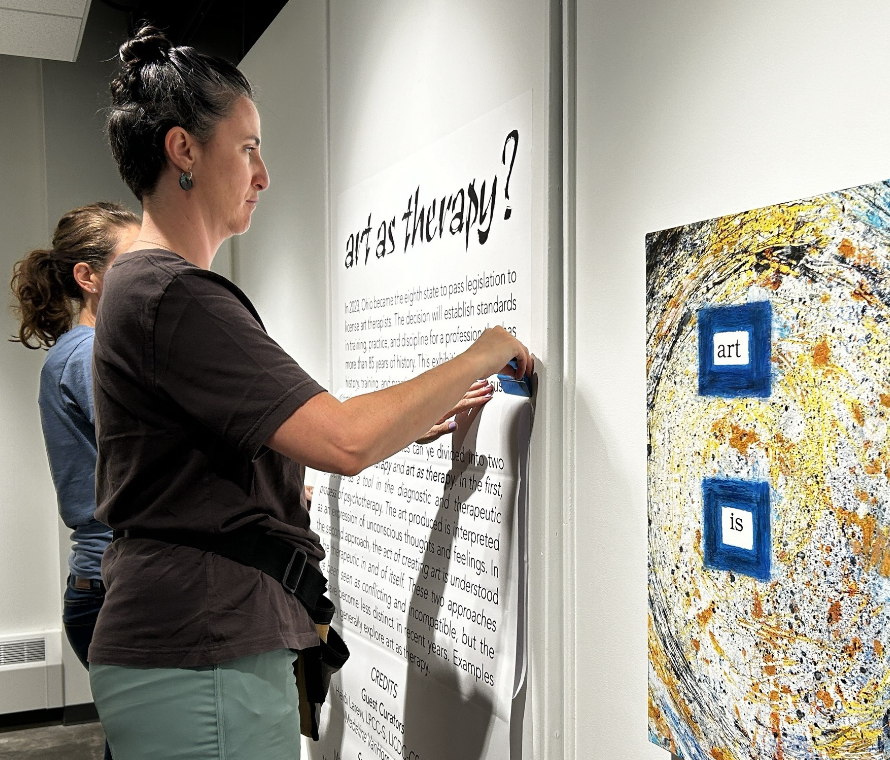Clare McKee
Every nine seconds, a woman is assaulted or beaten in the United States, according to domesticviolencestatistics.org. In addition, more than three women are murdered by their husbands or boyfriends every single day in the United States.
Domestic violence is an undeniable and prevalent issue in our society for both men and women. However, women are more likely to be the victims of the violence than men, resulting in deaths of 1,247 women and 440 men in 2000, according to the Domestic Violence Resource Center. This problem has become prevalent on college campuses across the United States as well.
According to the U.S. Department of Justice, women aged 16-24 experience the highest per capita rate of intimate partner violence. A new law – Campus Sexual Violence Elimination Act, signed by President Obama on March 7 – was added to the Violence Against Women Act for the purpose of clarifying the rights of victims of sexual assault, domestic violence, dating violence and stalking on campus, according to National Public Radio online.
“Victims of sexual violence on campus were being re-victimized by a process that really was not geared to their needs,” S. Daniel Carter of the Virginia Tech Shootings Outreach Foundation said in an online article from National Public Radio.
Nearly one-third of college students report physically assaulting an intimate partner in the previous year, according to thesafespace.org, and nearly a quarter of female students will experience sexual assault over the course of their college career. Domestic abuse victims face emotional and psychological trauma as well as physical injury. Embarrassment, shame, guilt and confusion often lead to domestic violence crimes going unreported.
“Students are the most at risk for dating violence, because they aren’t experienced to see what red flags there are, and what is dangerous and abusive,” Linda Johnston, director of the Ending of Violence Against Women Project, said in an online article from UWire – The College Network. “It can be subtle. People think it has to be physical, but it can be verbal — it is just a different form of abuse.”
Domestic violence is defined as a pattern of coercive behavior that is used by one person to gain power and control over another. This includes physical and sexual violence, verbal and emotional abuse, stalking, and economic abuse, according to Violence Against Women Online.
Anyone can be a victim, regardless of age, sex, race, religion, employment, education or marital status. Fortunately, there are roughly 1,500 battered women’s shelters all over the United States to combat this ongoing problem occurring in many relationships. Battered Women’s Shelter has locations in both Akron and Medina.
The Battered Women’s Shelter has a crisis center for victims fleeing an abusive situation as well as a Step II program which provides an apartment for 48 victims while they get on their feet into the community on their own again, providing protection from their abuser with 24-hour surveillance.
In addition, they offer a Step III program, which provides selected victims housing in locations all over Summit County with all paid expenses for up to two years. This allows victims to gain independence from both their abuser and government financial assistance while they are provided with counseling, career exploration
services and financial planning advice, among other things.
Victims in the Step III program are also permitted to stay in their apartments or homes after the two years is up, providing an even easier transition into independence. If any client is threatened by violence during the Step III program, they are reverted to the Step II program or Crisis Center where their safety will be assured.
The Battered Women’s Shelter also provides counseling groups, family stability programs, court advocacy, community education and a family violence court program.
“Unlike other agencies that focus on victims of all types of crime, BWS is the only agency in Summit/Media County that focuses on family violence, intervention and prevention,” the Battered Women’s Shelter of Summit and Medina County’s website said.
Laura Williams, volunteer coordinator at Crossroads Safehouse in Fort Collins, Colo., said in an online article from UWire – The College Network that 70 percent of people who are murdered by their partners are murdered after they try to leave the relationship.
Oftentimes, the victim does not want out of the relationship; they just want the abuse to stop. This makes it very difficult to leave the relationship, in addition to the repercussions they may face if they are reunited with the abuser in the future, which is likely.
“We are influenced by friends, family and the media about what is a healthy relationship, or a romance we want to have. And if we don’t have the education, that is all we end up experiencing,” Williams said. “It is important that young people know that they deserve to be treated with dignity and respect. And the more we educate our young people about what to look for, the better off we will be.”





